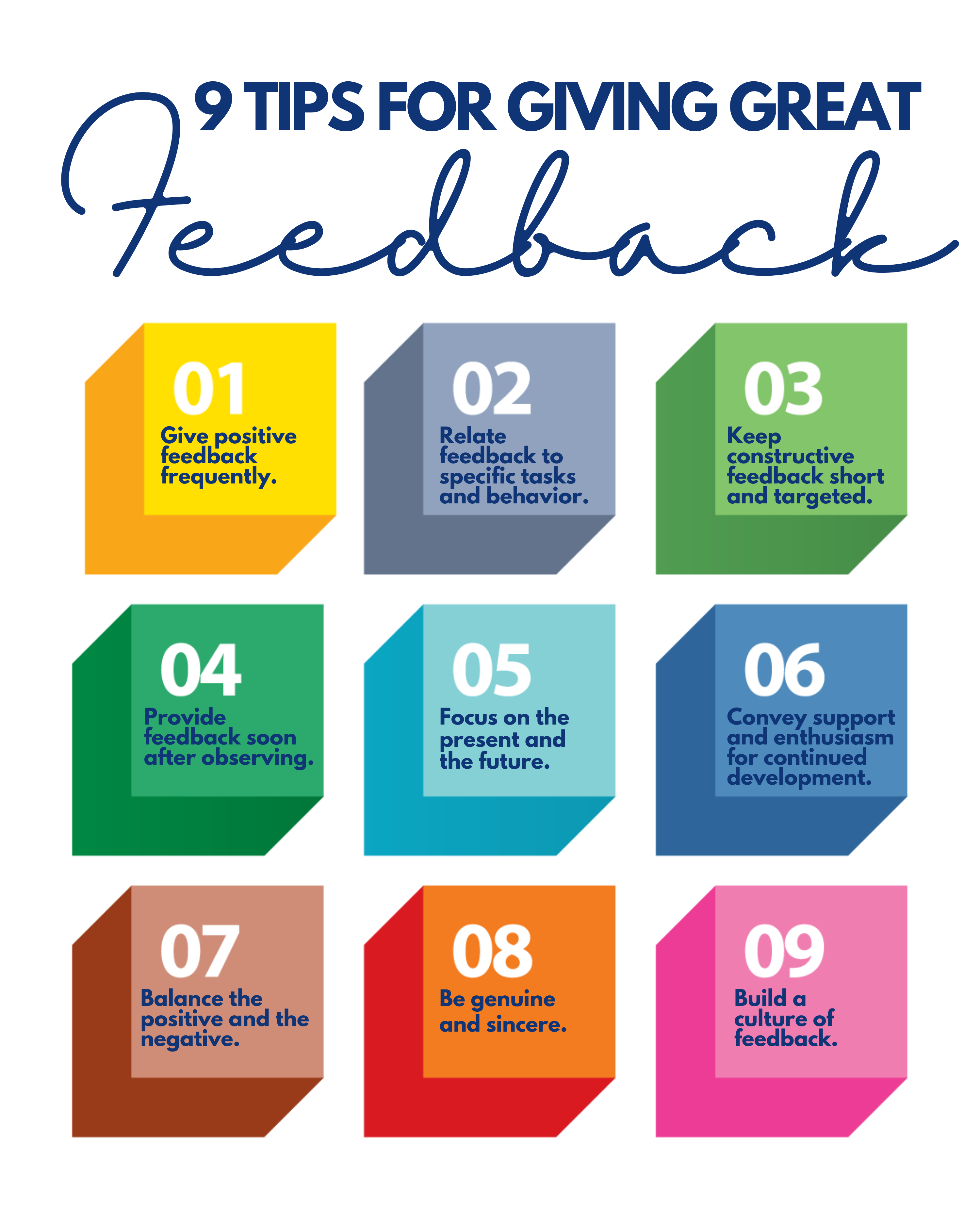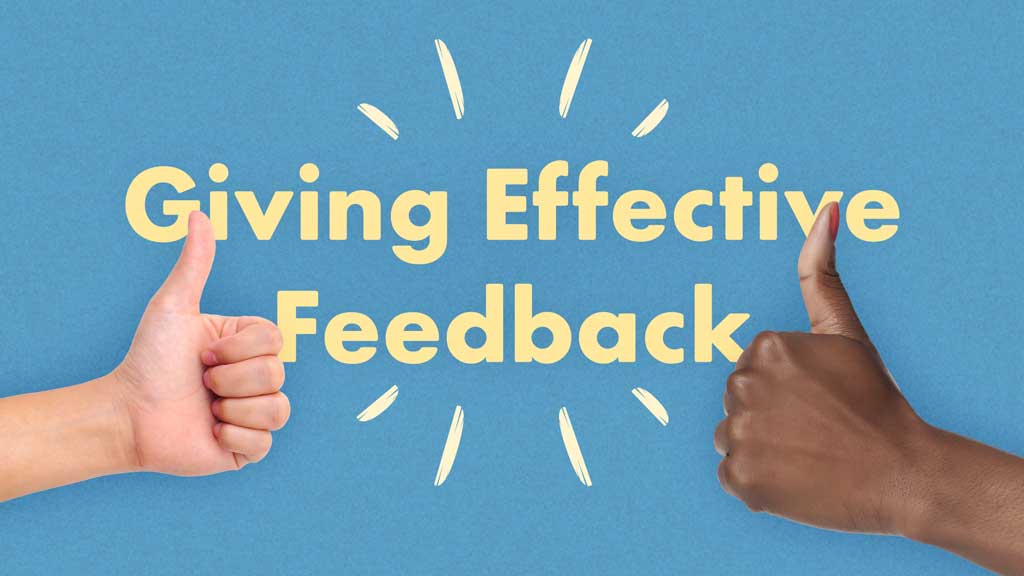How To Give Honest Feedback Without Being Hurtful

In today's fast-paced work environment, feedback is the lifeblood of growth and development. However, delivering constructive criticism without causing hurt feelings is a delicate art that many struggle to master. The consequences of poorly delivered feedback can range from damaged relationships and decreased morale to reduced productivity and increased employee turnover.
The key is to strike a balance between honesty and empathy. Navigating this complex landscape requires a mindful approach, incorporating both effective communication techniques and a genuine desire to help the recipient improve. This article explores practical strategies for giving honest feedback that fosters growth and strengthens professional relationships, rather than creating resentment.
Understanding the Psychology of Feedback
Feedback, even when intended to be helpful, can trigger defensive responses. According to research in Harvard Business Review, our brains perceive criticism as a threat. This natural reaction stems from our innate desire for social acceptance and belonging.
Therefore, framing feedback in a way that minimizes this perceived threat is crucial. It's essential to remember that the goal is not to tear someone down, but to help them build themselves up.
Focus on Behavior, Not Personality
One of the most common mistakes in giving feedback is attacking the person rather than addressing their behavior. For example, instead of saying "You're always late," try "I've noticed you've been late to the last few meetings."
This subtle shift in language focuses on the specific action, making it easier for the recipient to accept the feedback without feeling personally attacked.
The Power of "I" Statements
Using "I" statements can further soften the impact of criticism. "I" statements allow you to express your perspective and feelings without placing blame. For example, instead of saying "You made a mistake," try "I'm concerned about the accuracy of the report."
By focusing on your own feelings and observations, you make the feedback less accusatory and more constructive. This approach fosters a collaborative environment where the recipient feels safe to listen and learn.
Creating a Safe and Supportive Environment
The context in which feedback is delivered significantly impacts its reception. Choose a private setting where the recipient feels comfortable and less likely to be defensive. Public criticism, even if well-intentioned, can be incredibly damaging to morale and reputation.
Prior to delivering the feedback, clearly state your intention: to help the recipient grow and improve. This sets a positive tone and reinforces your genuine desire to support their development.
The Feedback Sandwich Technique: A Cautionary Note
While the "feedback sandwich" (positive comment, negative feedback, positive comment) is a popular technique, it can sometimes feel insincere or manipulative. Many professionals find it less effective than a direct, honest conversation that is delivered with empathy. While intended to cushion the blow, it may lead to the actual message being lost or diluted.
Instead of relying on the sandwich, try starting with a sincere acknowledgement of the recipient's strengths. Then, clearly and directly address the area for improvement, focusing on specific examples. Finish with a positive outlook and a commitment to support their growth.
Actively Listen and Encourage Dialogue
Feedback should be a two-way conversation, not a one-way lecture. Actively listen to the recipient's perspective, allowing them to share their thoughts and feelings. Ask clarifying questions to ensure you understand their point of view. Validate their feelings even if you don't agree with their perspective.
This creates a dialogue where both parties feel heard and understood, fostering a more collaborative approach to problem-solving. Remember, the goal is to help the recipient learn and grow, and that requires their active participation.
Following Up and Providing Ongoing Support
Feedback is not a one-time event. It's an ongoing process that requires consistent follow-up and support. Check in with the recipient to see how they're progressing and offer assistance as needed.
According to a 2023 study by Gallup, employees who receive regular feedback are more engaged and productive. This highlights the importance of creating a culture of continuous feedback where individuals feel supported in their development.
By providing ongoing support and encouragement, you demonstrate your commitment to their success and create a positive environment for growth.
Conclusion
Giving honest feedback without being hurtful is a skill that can be learned and honed over time. By understanding the psychology of feedback, creating a safe and supportive environment, and focusing on behavior rather than personality, you can deliver criticism that fosters growth and strengthens relationships. The ultimate goal is to empower individuals to reach their full potential while maintaining a positive and productive work environment.
As Brene Brown, a renowned researcher and author, states, "Clear is kind. Unclear is unkind." Honesty, delivered with empathy and respect, is the foundation of effective feedback. Embracing this approach can transform challenging conversations into opportunities for growth and development, benefiting both the individual and the organization as a whole.


















